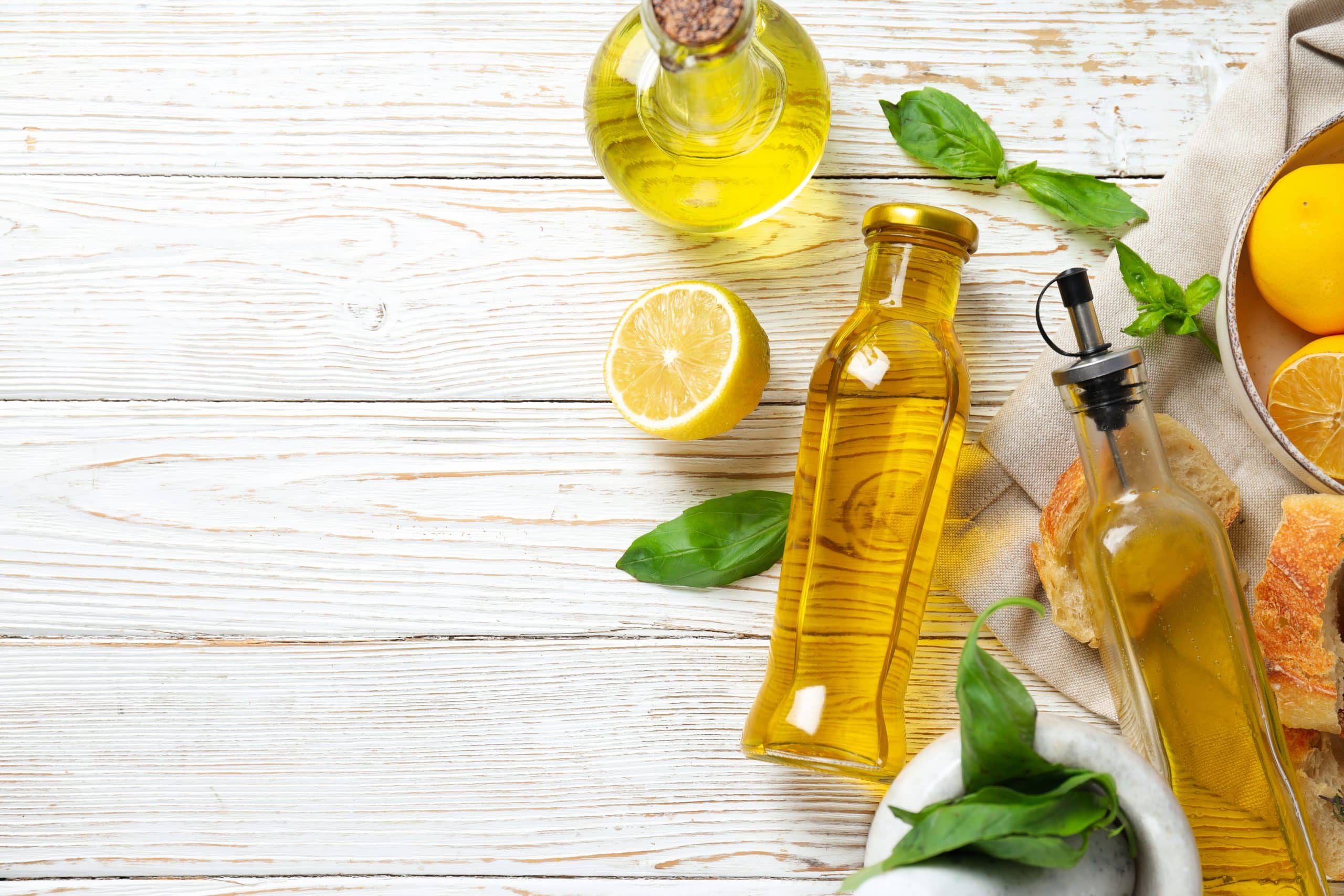We’ve all heard the phrase "the secret is in the dough", and when it comes to baking an authentic Cornish pasty, this statement couldn’t be more accurate. This traditional British pastry is a delicious meal in a crust, filled with succulent beef, fresh vegetables, and subtle seasonings. While the Cornish pasty has deep roots in the UK, the beauty of this dish is that it can be enjoyed anywhere in the world, right from the comfort of your own kitchen.
In this article, we’ll walk you through a step-by-step guide on how to bake an authentic Cornish pasty. Whether you’re a seasoned home cook or just beginning your culinary journey, you’ll find this guide comprehensive and easy to follow.
Avez-vous vu cela : How Can You Prepare a Gourmet Spanish Escalivada with Smoky Vegetables?
Mastering the Dough
The journey to a perfect Cornish pasty starts with the dough. In this section, we delve into the intricacies involved in making a flaky and sturdy pastry perfect for your pasty.
The primary ingredients you’ll need for the pastry dough are flour, butter, salt, and water. If you’re following a gluten-free diet, feel free to substitute regular flour with a gluten-free variant.
Sujet a lire : What’s the Best Method for Making a Delicate French Clafoutis with Fresh Cherries?
Start by mixing 500 grams of flour and a teaspoon of salt in a large bowl. Add 125 grams of butter, cut into cubes. Rub the butter into the flour using your fingers until the mixture resembles breadcrumbs. Gradually add cold water, around 150 ml, stirring until the dough comes together. Avoid adding too much water as it can make the dough sticky and difficult to handle.
Once your dough is prepared, wrap it in cling film and refrigerate for a minimum of 30 minutes. This resting time allows the gluten in the dough to relax, resulting in a more tender pastry.
The Filling: Beef and Vegetables
The filling of a Cornish pasty is equally as vital as the dough. The traditional filling consists of beef, potatoes, swede (or rutabaga), and onions.
Begin by chopping 400 grams of beef into small cubes and season with salt. Peel and slice one large potato, half a swede, and one onion into thin slices. Remember, the filling will cook within the pastry, so it is essential to slice your vegetables thinly to ensure they’re cooked through.
For a vegan alternative, replace the beef with a plant-based meat substitute. Marinating the vegan meat substitute in vegetable stock for a few minutes can add that extra layer of flavor.
Assembling the Pasty
Many believe that the true art in creating a Cornish pasty lies in the assembly. This is the stage where your preparation comes together.
After the dough has rested, divide it into four equal pieces. Roll out each piece into a circle about 20 cm in diameter. On one half of each circle, layer your beef (or vegan alternative), followed by layers of potato, swede, and onion. Be sure to leave a border around the edges for sealing the pasty.
Next, fold the empty half of the dough over the filling to form a semicircle. Crimp the edges to seal the pasty. This step not only secures the filling but also gives the Cornish pasty its iconic shape.
Baking the Pasty
Now that your pasties are assembled, it’s time to pop them in the oven.
Preheat your oven to 200 degrees Celsius (approximately 392 degrees Fahrenheit). While the oven is heating, prepare an egg wash by beating one egg with a tablespoon of water. Brush this over the pasties to give them a beautiful golden-brown finish.
Bake your pasties for about 45 minutes, or until they are golden brown and the filling is cooked through. If you notice the pasties browning too quickly, lower the oven temperature slightly.
A Note on Authenticity
While this recipe is a close approximation of the traditional Cornish pasty, it’s important to remember that Cornish pasties are a Protected Geographical Indication (PGI) product in the European Union. This means that in the EU, only pasties made in Cornwall and following a strict traditional recipe can legally be called "Cornish pasties".
However, this doesn’t mean you can’t enjoy a delicious homemade pasty wherever you are. Whether you’re following this recipe to the letter, or adding your own personal twists, the key is to savour the process, and of course, the finished product. Happy baking!
The Finishing Touches
The final steps in creating your Cornish pasty are often the most memorable, as they add that special touch that gives a hint of authenticity. These include the egg wash, the salt pepper seasoning, and the baking process. For a vegan Cornish pasty, consider using a dairy-free milk wash instead of the traditional beaten egg.
First, preheat your oven to 180 degrees Celsius for a fan-assisted oven, or 200 degrees for a conventional oven. This is around 356 and 392 degrees Fahrenheit respectively.
Next, you’ll need to prepare the egg wash. Beat one egg in a bowl until well mixed. For a vegan pasty, mix a plant-based milk like soy or almond with a bit of oil to create a vegan wash. The wash will give your pasties a beautiful, golden brown finish.
Place your assembled pasties on a baking sheet lined with parchment paper. Brush your pasties liberally with the beaten egg or vegan wash, making sure to completely cover the pastry dough. This is not just for aesthetics but also for flavor. The wash allows the pasties to bake to a golden brown, which enhances the taste of the crust.
Sprinkle a little salt and pepper on each pasty for added flavor. Now, your pasties are ready to bake. Bake for approximately 40-45 minutes. You want the pasties to be a deep golden brown and the filling to be thoroughly cooked.
Closing Thoughts
Cooking is an act of love, and baking a Cornish pasty truly embodies this. Whether you’re preparing a gluten-free Cornish pasty, a vegan Cornish pasty, or sticking to the traditional recipe, the process is a labor of love that’s well worth it.
Though the Cornish pasty has a rich history and tradition, what makes it truly special is its adaptability. Whether you’re in Cornwall or anywhere else in the world, you can enjoy this delightful pastry. With this guide, you now have the knowledge to make your own homemade Cornish pasties, right from the comfort of your kitchen.
Remember, the pasty recipe is simply a guideline. Feel free to add your own personal touches. Maybe you want to experiment with different vegetables or try a spicy twist. Whatever you decide, the most important thing is to enjoy the process and indulge in the end product.
Baking a perfect Cornish pasty may seem daunting at first, but with patience and practice, you’ll be able to master this recipe. You’ll find that the aroma of baking pasties filling your kitchen, the satisfaction of seeing your beautifully golden brown pasties fresh out of the oven, and the taste of your first homemade pasty are experiences worth every moment spent.
Whether you’re baking for a special occasion or just because, a homemade Cornish pasty is a delicious way to show your culinary skills and share your love for food. Happy Baking!






